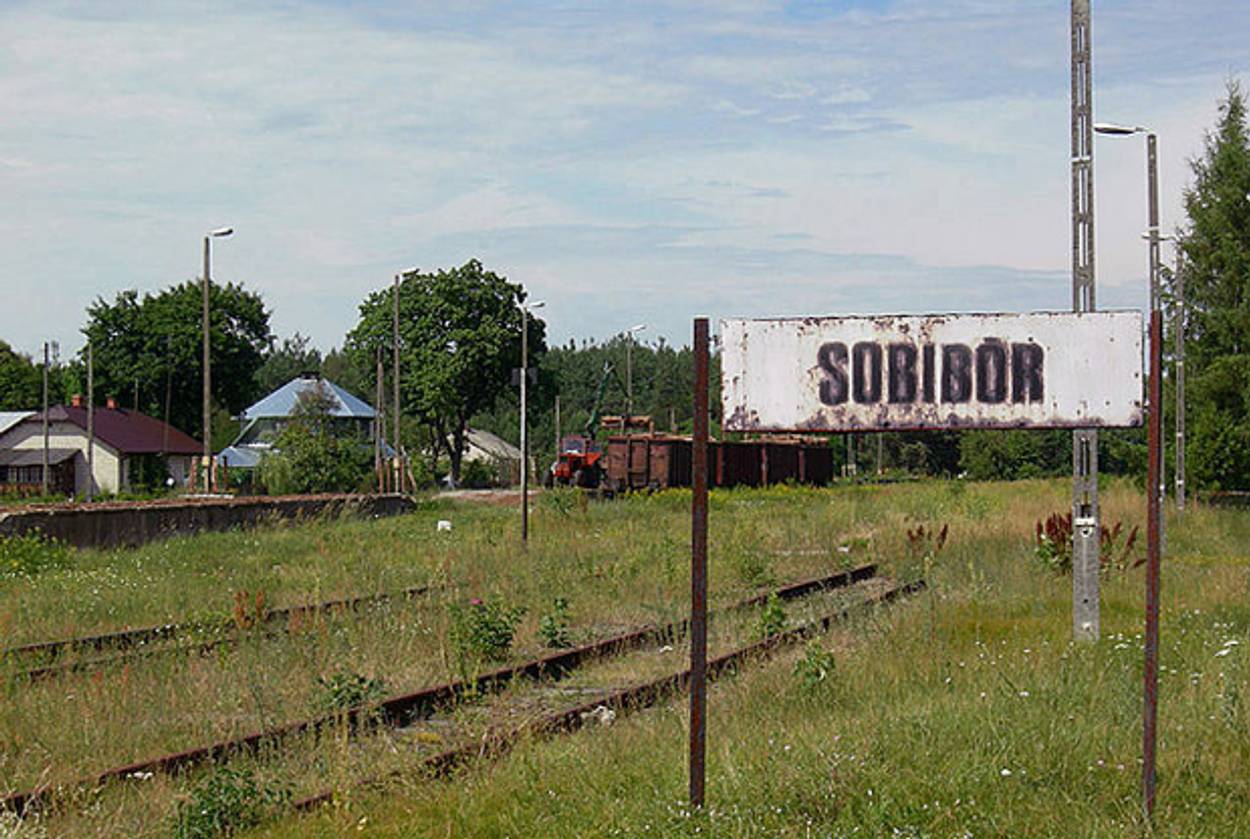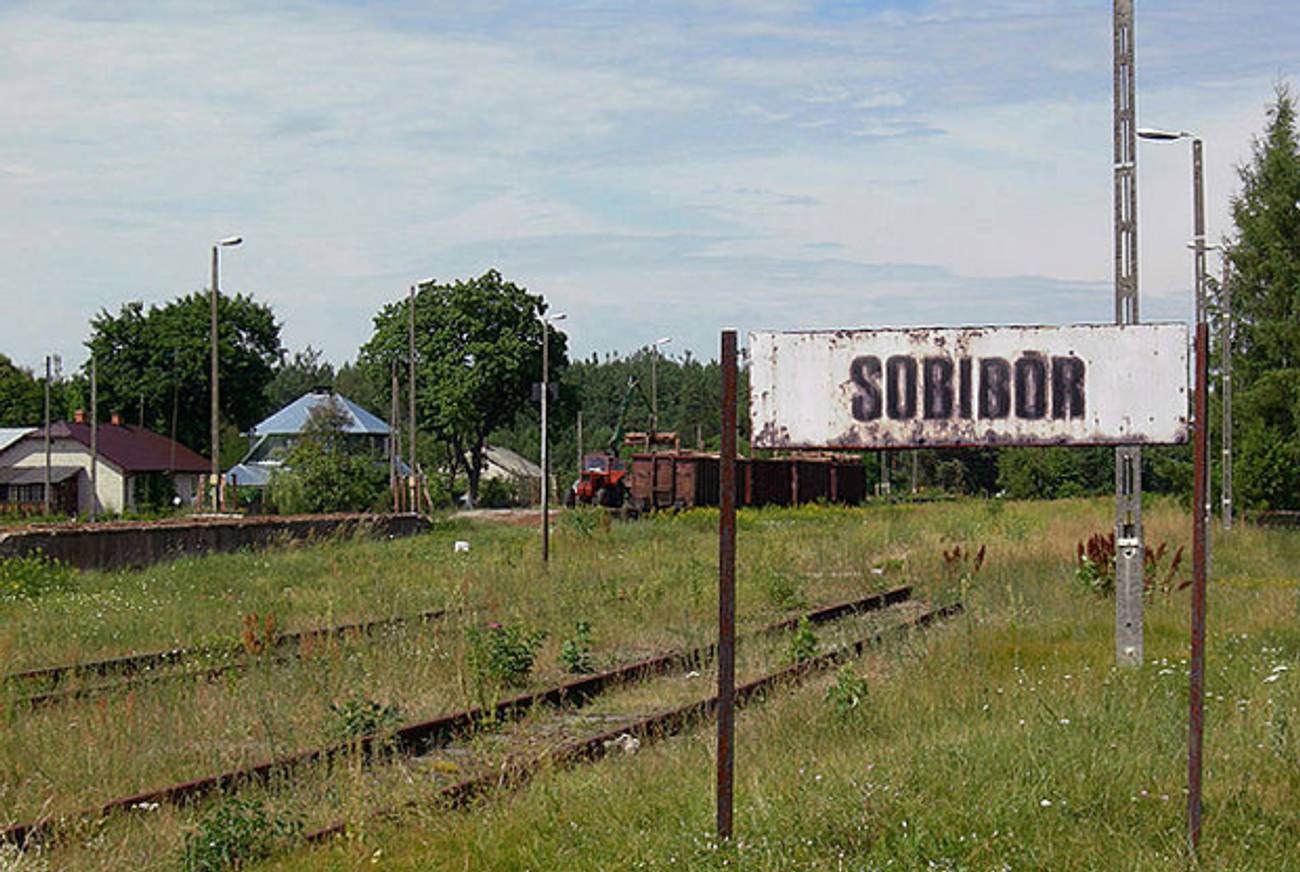Excavation Unearths Gas Chambers at Sobibor
Discovery enables further research of the Nazi extermination camp




An archaeological excavation at Sobibor, a Nazi extermination camp in Poland, has yielded an invaluable result. The excavation—which began in 2007, JTA reports, and has uncovered various personal items belonging to Jewish prisoners—has now unearthed the death camp’s gas chambers.
Yoram Haimi, an archeologist working on the project, said finding the gas chambers was the goal of the excavation. “We were amazed at the size of the building and the well-preserved condition of the chamber walls,” he said. “The most poignant moment was when we found a wedding band next to the gas chambers, on which was the Hebrew inscription: “Behold, you are consecrated unto me.”
For Dr. David Silberklang, senior historian at the International Institute for Holocaust Research, the discovery of the gas chambers will allow researchers to better understand the workings of the death camp. Until now, researchers had relied on survivor testimony to study Sobibor, where the notorious Ivan “John” Demjanjuk, known as Ivan the Terrible, is believed to have been complicit in the extermination of thousands of Jews. But since there were no survivors who had worked in the area of the camp that housed the gas chambers, their access to that part of the operation was limited. Now, with the discovery of the gas chambers, researchers will be get a much better sense of the size—and the scope—of the camp’s killing machine.
“These findings are all that is left of those murdered there, and they open a window onto the day-to-day suffering of these people” Silberklang said. We will now be able to know more precisely what the process of murder was in the camp, and what the Jews went through until they were murdered.”
While current estimates put the number of Jews murdered at Sobibor at 250,000, Silberklang anticipates being able to more precisely ascertain the number of deaths at the camp, which operated from April 1942 through October 1943, when prisoners staged an uprising after which the Nazis to destroyed the camp entirely.
The excavation was filmed as part of the Sobibor Documentation Project, and footage of the discovery will be used in a documentary titled Sobibor’s Hidden Holocaust.
Stephanie Butnick is chief strategy officer of Tablet Magazine, co-founder of Tablet Studios, and a host of the Unorthodox podcast.